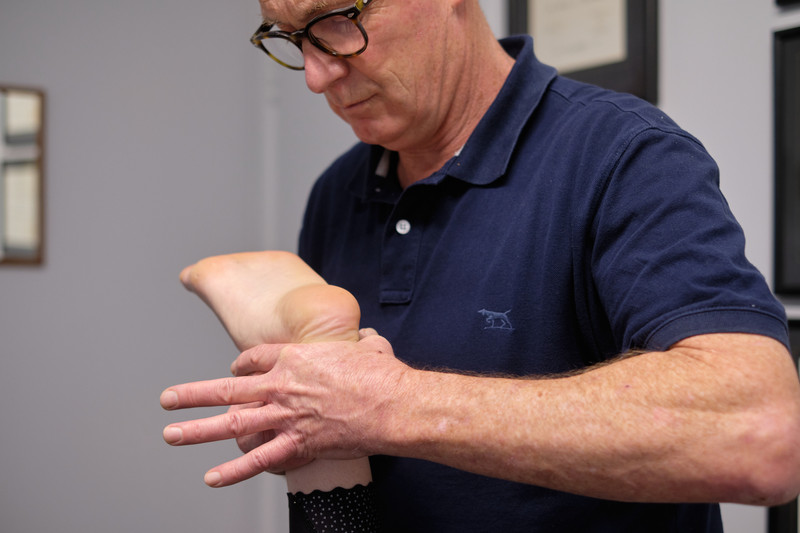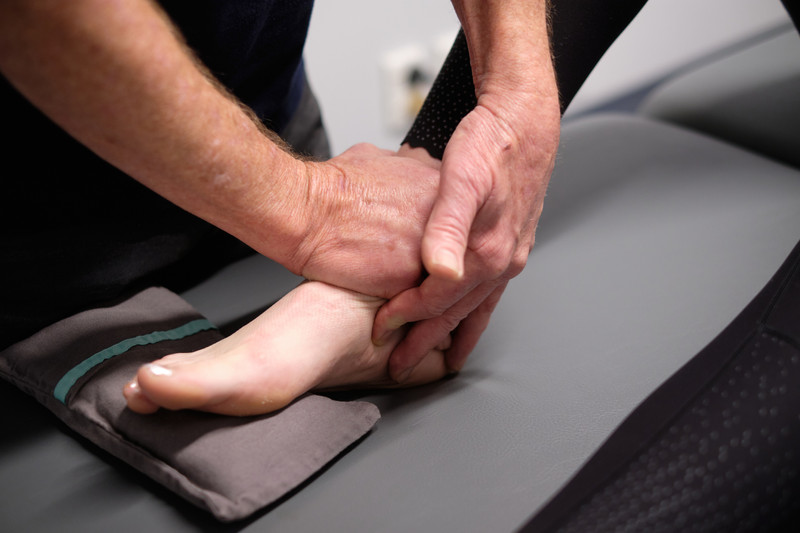Joint Mobilisation/Manipulation
For full and pain-free movement your joints need to move freely in all directions. If they become locked or restricted in any direction you may experience pain or stiffness as a result. This is where joint mobilisation and manipulation can help restore normal range of motion to the joint when applied by a skilled physiotherapist.
In order to achieve normal range of motion at a joint, a physiotherapist first has to assess whether there is joint restriction present. You may present with one of the following:
- painful movement with normal motion
- stiffness - or a loss of motion
- a combination of pain and stiffness
- an increase in mobility, or hypermobility
- a painful increase in mobility
Joint Mobilisation
Joint mobilisation techniques are used in order to achieve pain-free full range of motion at a particular joint. Depending on whether pain or stiffness is the main symptom that you are experiencing, the techniques can range from small, gentle, pain-free mobilisations through to more forceful techniques. The grades of mobilisation vary from grade 1 - grade 4.
Your physiotherapist is trained to determine which techniques will achieve the best outcome. It may be that a combination of mobilisation techniques is necessary as many joints move and different directions, and it is necessary to mobilise some joints in these different directions.
Joint Manipulation
Joint mobilisation is sometimes confused with joint manipulation. Joint manipulation is a forceful end range mobilisation which involves the use of a high velocity thrust. Physiotherapists grade manipulation as a grade 5 technique.
Joint manipulation sometimes results in pop or a click being felt. This is not the joint going back into place as a lot of people think. This is a phenomenon known as cavitation. Gas bubbles commonly form within a joint and cause an increase in pressure. When a joint is stretched suddenly at end range (as in a grade 5 joint manipulation), this causes a sudden decrease of joint pressure. The result of this decrease in pressure is a cavitation of gas bubbles back into solution, and a release of sound energy. This is heard as a pop or click. The sudden stretch of a joint can help reduce muscle spasm present over a joint, therefore reducing the stiffness of the joint.
At Roslyn Physio we have experienced physiotherapists with Masters Degrees in joint mobilisation and manipulation. When it comes to effective joint mobilisation and manipulation, there is no substitute for experience.



